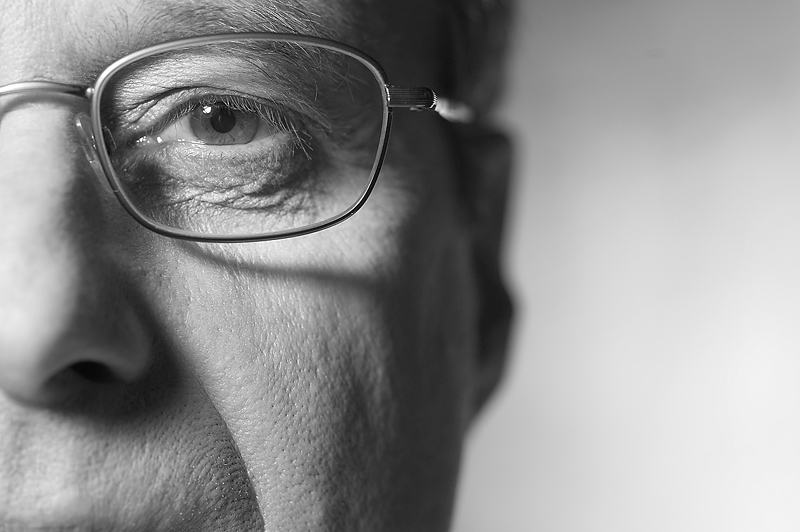
FRIDAY, April 20 (HealthDay News) — Though only 15 when diagnosed with juvenile open-angle glaucoma, A.J. Esguerra said he’s tried not to let the potentially devastating eye disease slow him down.
“It’s not the end of the world,” said Esguerra, now 23 and living in Cambridge, Mass. “I’ve continued on with all of my activities, and I look at it as just one other thing I have to deal with, and I find a way to manage.”
Like many people with the disease, Esguerra had no idea he was losing some of his peripheral vision to glaucoma. It wasn’t until he went for a routine eye exam that doctors discovered he had higher than normal pressure in his eyes.
Before he was diagnosed, he’d already lost some peripheral vision in his left eye, which he said is noticeable when he reads.
Since being diagnosed, Esguerra has had three surgeries, uses eye drops daily and gets frequent follow-up eye care. “I see the eye doctor every three months unless my eye pressure goes up, and then it can be as much as once a month,” he said.
Despite his many medical appointments and procedures, Esguerra said, he never took time off from his schoolwork to recover from his surgeries, nor did he ask for extra time to complete the work. He recently graduated with a degree in business from Northeastern University in Boston, and he completed three six-month, full-time internships at major financial services companies while going to school.
“Living with glaucoma, I control what I can,” Esguerra said. “I limit my caffeine. I get regular exercise, and as a kid, I didn’t hang upside down because that can raise your eye pressure. In my teen years, I really didn’t think anything of it.”
He also seems to have found a positive side of having to deal with a chronic illness.
“I think I look at things from a different perspective than most people my age,” Esguerra explained. “I think I have a lot more empathy, not just for people with glaucoma but any disease in general. You start to have an understanding of what people go through.”
The toughest part of living with glaucoma, he said, is the uncertainty.
“It’s chronic, and there’s no cure,” Esguerra said. “I’m always trying to figure out what lowers my eye pressure and what activities raise it, but with glaucoma, there’s no real end. There’s no goal to shoot for.”
He also acknowledged that there are definitely days when having glaucoma gets to him, though he tries to stay positive most of the time.
“I’ve tried not to let it slow me down,” he said. “Looking forward is the key thing. I just graduated [last]year, and now I’m looking at what’s next for me.”
More information
A companion article offers a more in-depth look at glaucoma.

